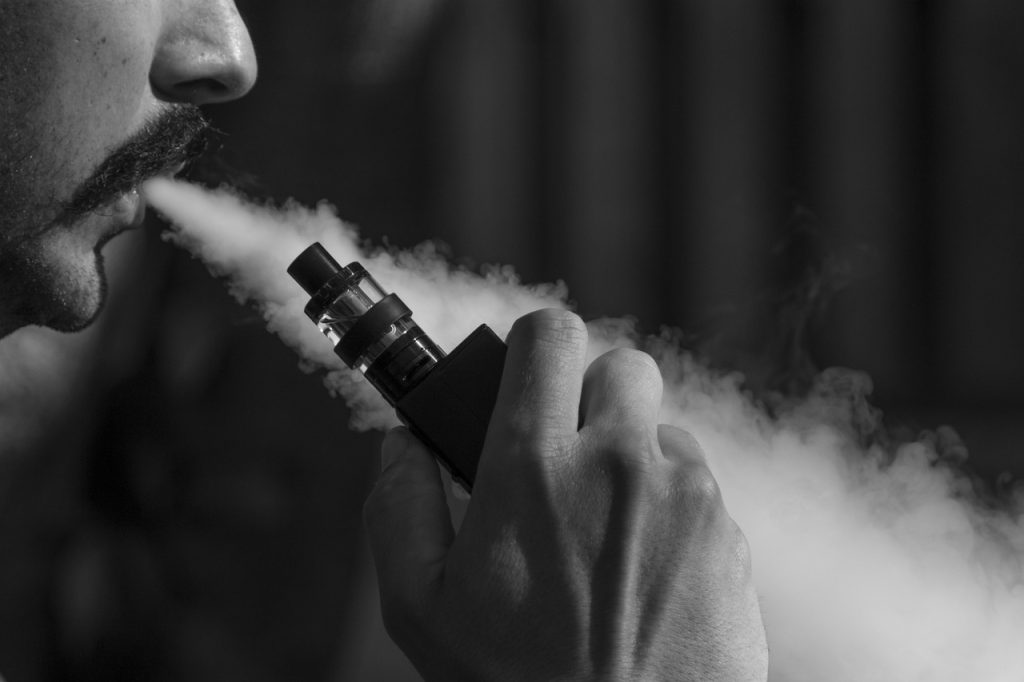Vapes can be more cost-effective than cigarettes for Canadians, especially considering the rising costs of traditional smoking. The question, “Are vapes cheaper than cigarettes,” is common and layered, involving various factors such as the excise tax, average price fluctuations, and individual smoking and vaping habits. This article will delve into the nuanced financial landscape of smoking and vaping, exploring the costs associated with disposable vapes, vape pens, and e-liquids and aiming to thoroughly analyze whether vaping truly offers a cheaper alternative to smoking cigarettes in Canada.
The Cost of Smoking Cigarettes in Canada
Navigating through the financial maze of smoking cigarettes in Canada reveals a hefty price tag that has been steadily climbing due to factors like the excise tax and other regulatory impositions. The average price of a pack of cigarettes can vary significantly across provinces, with a pack in Quebec costing considerably less than one in Nunavut, for instance. This geographical price disparity is partly due to the different provincial taxes applied, making it an increasingly expensive habit nationwide.
The vaping costs, on the other hand, present a different financial scenario. While the initial investment in devices like vape pens might be substantial, the recurring costs of e-liquid tend to be more stable and, in many instances, more affordable than maintaining a smoking habit.
Individual Impact
For individual smokers, the economic impact extends beyond the mere cost of purchasing cigarettes. The potential health ramifications of consistent cigarette smoking can lead to medical expenses, not to mention the societal economic burden from healthcare costs related to smoking-related illnesses.
Many Canadians are exploring vaping as a potential pathway to quit smoking, given its reputation as a cheaper-than-smoking alternative. However, the vaping cost is not one-size-fits-all, as cost varies depending on usage, device preference, and vape juice selection, among other factors.
Understanding Vaping and Its Costs
Embarking on the vaping journey introduces an array of choices and associated costs, often leading individuals to ponder whether vaping is cheaper than smoking cigarettes. The initial investment in vaping can vary, with starter kits ranging from affordable to high-end devices. Vape pens and disposable vapes offer different price points and experiences, while e-liquid or vape juice costs can fluctuate based on brand, quality, and flavor preferences.
The vaping costs don’t end with the initial setup. Ongoing expenses, such as coil replacements and regular e-liquid purchases, contribute to the vaping cost over time. It’s crucial to note that while disposable vapes might offer a lower upfront cost, their per-use cost can be higher than using a refillable device over the long term.
Product Differences
Different vaping products also come with varied price tags. For instance, premium vape juice might be pricier than standard options, and advanced vape pens that offer customizable experiences might carry a higher cost than basic models. The cost varies significantly across the vaping spectrum, providing options for various budgets and preferences.
In contrast to the average price of smoking cigarettes, which is subject to the excise tax and has been consistently rising, vaping costs offer more stability and control, allowing users to manage their spending more effectively.
Comparative Analysis: Vaping vs. Smoking
When juxtaposing the financial aspects of vaping and smoking cigarettes, many variables come into play, each influencing the average price an individual might spend on either habit. Cigarette smoking, with its persistent price hikes due to the excise tax, presents a steadily escalating cost. On the other hand, while vaping can be perceived as cheaper, the cost can be influenced by factors like device choice, vape juice preferences, and usage habits.
Head To Head
In a side-by-side comparison, a pack-a-day smoker might spend significantly more annually on smoking cigarettes than a vaper on e-liquid, coils, and occasional device replacements or upgrades. The smoking cost per pack, multiplied by 365 days, often surpasses the annual cost, even when considering higher-end vape juice and devices.
However, variables such as the choice between disposable vapes or refillable devices, the frequency of vape juice purchases, and the type of e-liquid chosen can all impact whether vaping is cheaper. Scenarios also fluctuate: a light smoker might find the cost difference between smoking and vaping to be less pronounced than a heavy smoker transitioning to becoming a heavy vaper.
Health and Economic Implications
The transition from smoking cigarettes to vaping brings forth not only a potential reduction in health risks but also a shift in economic burdens, both personally and societally. While it is often touted that vaping is cheaper than smoking, the average yearly cost can still be a notable expenditure in an individual’s finances. The average smoker grappling with rising cigarette prices due to excise tax might find some financial relief in vaping, especially considering the vape cost against the average price of cigarette packs.
What’s Better for You?
From a health perspective, while vaping is generally considered less harmful than cigarette smoking, it is not without its risks and costs. On a broader scale, if many smokers switch to vaping, it could influence public health spending, potentially reducing the economic strain from smoking-related health issues.
My Journey and Experience

In my journey, as an average smoker grappling with the escalating cigarette prices, the financial relief found in vaping was palpable. When I made the switch, intrigued by the notion of vaping cheaper than smoking, the average yearly cost saw a noticeable dip. The exploration into various e-liquid flavors and devices became not just a quest for health but also a financially motivated endeavor.
I Started Saving Money
The savings accumulated over a year were substantial, affirming the narrative that vaping can indeed be cheaper. It was a financial and sensory eye-opener, revealing that a satisfying alternative could also be kinder to my wallet.
Conclusion
Navigating the financial landscapes of smoking and vaping unveils many considerations, from the escalating cigarette prices to the varied costs associated with vaping. While the narrative leans towards vaping being a cheaper alternative, the financial impact is multifaceted, influenced by individual habits, preferences, and choices. Is vaping cheaper than smoking? The answer is yes, but with caveats and variables that can shape each individual’s experience differently. Your journey might mirror or diverge from the stories shared here, and we invite you to enrich this discussion with your experiences and thoughts in the comments below.



